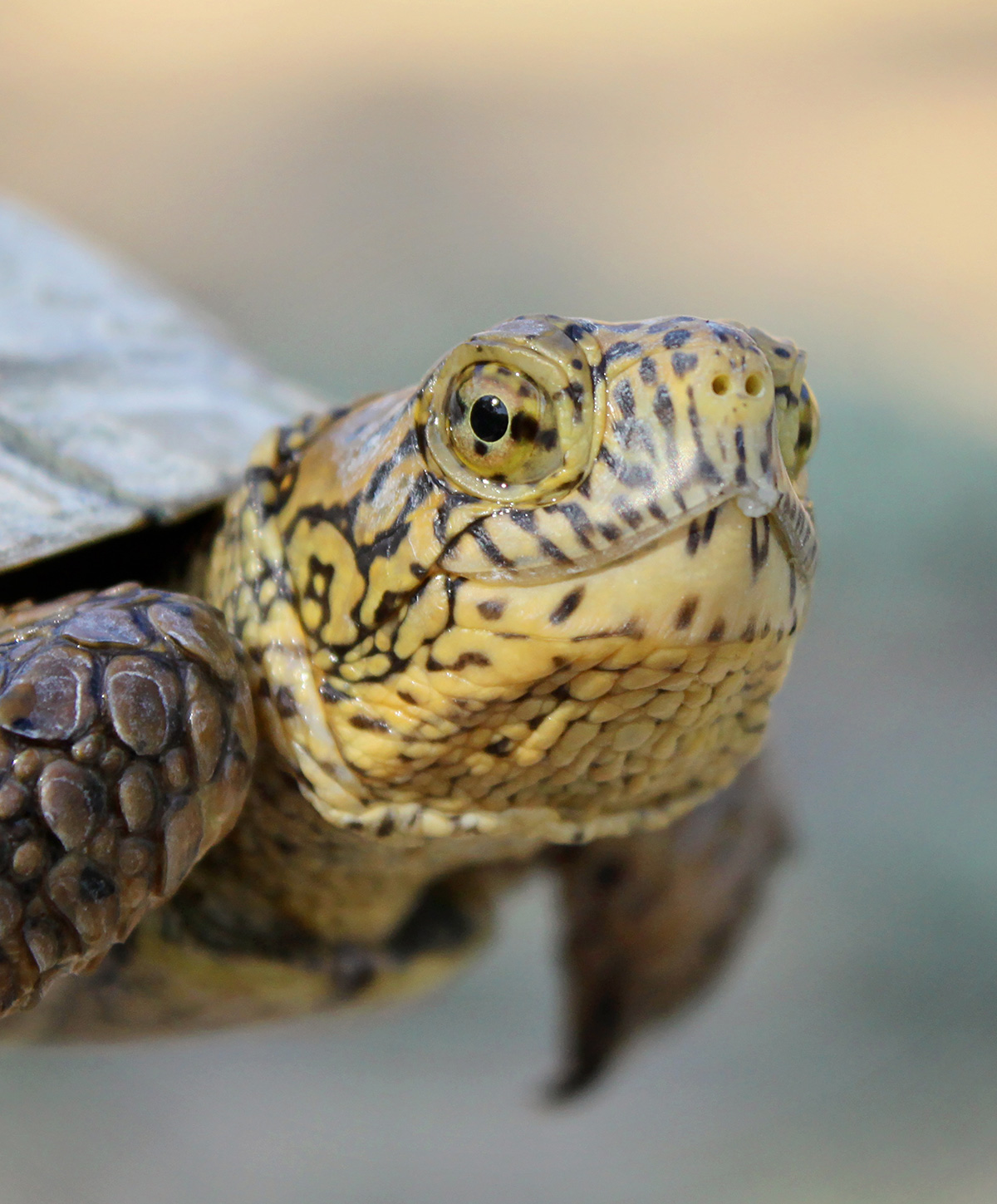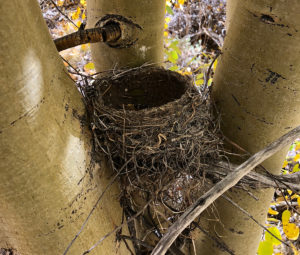Where do turtles go in the winter and summer? —Alma, Sebastopol
I am assuming you are referring to our only native freshwater turtle—the western pond turtle—which you might see basking in the sun and then quickly kerplunking right into the water. The turtle has ranged from Baja California to British Columbia, although its taxonomy is, in a word, complicated; it’s generally agreed that it is two species (which we’ll call Emys [Actinemys] marmorata and E. [A.] pallida), which live north of the Central Coast and to the south, respectively. And “pond” is a bit of a misnomer; they frequent nearly all kinds of water—roadside ditches, sloughs, creeks, marshes, and lakes. They just avoid fast-flowing rivers. Unfortunately, there are also two relatively common nonnative turtles that have been introduced into California—the invasive red-eared slider and the western painted turtle. The sliders have been released by pet owners, and this more fecund species occupies the same niche as our native species and is outcompeting them for food. The western pond turtle is under review by the U.S. Fish and Wildlife Service for listing as a threatened or endangered species. They are considered “vulnerable” by California’s Department of Fish and Wildlife.
I once saw a western pond turtle in rural Mendocino County crossing a busy highway in late May. I blocked traffic momentarily and carried her across the road to safety. I made sure to position her in the same direction she was heading. I knew it was a female because her plastron or underbelly shell was flat, not concave, and her tail was a bit thin. Males have concave plastrons, which facilitate mating, and the tails of the males tend to be thicker at the base. Females also have dark markings on their throats.

She was most likely over 10 years of age and actually could have been up to 50. These are long-lived animals. She was searching for a suitable nesting site—ideally a south-facing slope with low vegetation and dry, hard soil. The female pond turtle digs a pear-size hole and lays anywhere from two to 12 eggs. Even once the clutch of eggs hatches, which takes about three months, most of the mini-Oreo-size hatchlings stay underground through the winter, finally emerging in the spring. Not surprisingly, they suffer a lot of depredation, and 90 percent become food for other animals like raccoons, foxes, otters, snakes, largemouth bass, and even bullfrogs (a pesky, non-native species wreaking havoc on our aquatic environments).
But how do the adults get through frigid winters and our hot, dry summers? Turtles are poikilotherms, which is a Greek-derived word for “varying heat” or, in the common vernacular, cold-blooded. The body temperature of these organisms relies on the ambient environment for regulation, which then determines the metabolic rate. During the cold months in much of the pond turtle’s range, they survive by hibernating. In the extended drought of our Mediterranean climate, turtles can estivate—hibernate, but during summer they dig down into the soil or reside in permanent pools of water or wet mud.
At either time of year, they survive these months-long immersions in water or underground by breathing through their butts. OK, it is not really their butts; officially the process is called cloacal respiration. Of course, lungs are the animal’s primary method of oxygen extraction and carbon dioxide removal, but many turtles can pump water up through their cloaca and pass it through a pair of vascularized pouches called cloacal bursae. These function much like gills, extracting oxygen from water and voiding carbon dioxide. But if those hiding grounds dry up, the pond turtles will travel into the forest and bury themselves in the ground or enter California ground squirrel burrows. While they’re estivating or hibernating, their metabolic processes slow way down and the turtles can simply wait for conditions to improve. Glad we got to the bottom of that question! Groan…





